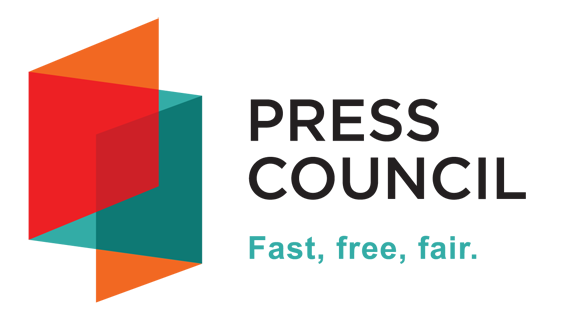Press Council presents proposal for amendments to the Code of Journalists of Serbia
(Source: Beta/N1) The Press Council presented the proposal for amendments to the Code of Journalists of Serbia and invited others to submit proposals and suggestions by May 7, as part of a public debate.
The changes, journalists were told, were “sharper and clearer” than the existing provisions and, according to the proponent, “clearer for implementation”.
Tamara Skroza, a member of the Press Council, said that the Code was adopted in 2006, when many things happened that were not covered by it, such as the “media chase”.
The reason for the amendments to the Code of Journalists of Serbia is also because new technologies and the development of the internet have changed the work of journalists and opened ethical dilemmas.
The Press Council’s Complaints Commission, which has been deciding on complaints for violations of the Code for 13 years, has concluded that some provisions of the Code should be amended, specified or clarified.
That is why the Press Council, in cooperation with the founders (UNS, NUNS, Association of Media and Local Press) prepared a proposal for amendments to the Code.
Among the changes are provisions on the use of artificial intelligence, moderation of comments, protection of the privacy and dignity of the people being written about, attitude towards sources, and more.
“A journalist must not discriminate, inter alia, on the basis of race, gender, age, personal characteristics, sexual orientation, language, religion, political and other opinions, national or social origin.”
The guidelines state that “belonging to a particular ethnic, political, ideological, or other group, as well as marital status, religious orientation, social origin, is stated only in cases where this information is necessary for a full understanding of the context of the event being reported.”
Journalists must avoid phrases that have chauvinistic, sexist or in any other way discriminatory connotations, use “gender-sensitive language”, strive to evenly include interlocutors of different groups relevant to the topic and responsibly approach diversity in society.
The journalist is obliged to respect and protect the rights and dignity of children, victims of crime, persons with disabilities and other vulnerable groups.
The provision “Honorable Means” indicated that “in the collection of information, photographs, documents, sound and video recordings and their publication, the journalist shall use only honorable means.”
The guidelines for this provision indicate that “journalists and editors must not publish material obtained with the help of hidden cameras, listening devices, or unauthorized wiretapping and the like, except when it protects the public interest – for example, the publication of information on the threat to life and health of the population, corruption, abuse of office, etc.”.
For the application of this exception, as proposed, there should be an editorial procedure.
As stated, a journalist should not continue asking questions, making phone calls, photographing or filming a private person if he is asked not to do so.
It is also pointed out that “it is the right of journalists to continuously ask questions in relation to state and other institutions that they consider to be of public interest, regardless of whether they are asked to stop it or not.”
Also, “a journalist must not use extortion, threat and persecution of sources of information, but also bribery or promise of counter-services in gathering information,” the guidelines say.
The provision “Privacy” indicated that “a journalist respects the privacy of the people he writes about”, and that, when reporting on accidents and criminal offenses, it is not allowed to publish the names and photographs of victims and perpetrators that clearly identify them.
It was stated that “even if the competent state authorities publish data that fall within the domain of privacy of the perpetrator or victim, the media must not transmit this information”, and that “the mistake of state authorities does not imply ‘permission’ for violation of ethical principles of the profession”.
The proposal also states that “public figures enjoy a lower level of privacy protection” because, as explained in the guidelines, “public figures are persons who hold public office and/or use public resources”.
“Data from the private life of public figures are published only if it is in the public interest, if they have direct consequences on several people, they are contrary to the spirit of the function performed by that person or the ideas they publicly represent,” it added.
It was pointed out in the guidelines that “a journalist must bear in mind that interlocutors are not always aware of the power of the media and the consequences that their statements can have for them personally, as well as for the people they are talking about.”
And in reporting on events involving personal pain and shock, a journalist is obliged to adapt his questions to reflect the spirit of compassion and discretion.
Photojournalists and cameramen are obliged to act with respect and compassion when photographing and filming victims of accidents and crimes, and “a journalist does not report from funerals, except in the case of high profile public figures.”
It was also pointed out that media can use artificial intelligence in creating content “in a socially responsible and proportionate way”, and that they are obliged to inform the public that media content was “created using tools based on artificial intelligence”.
